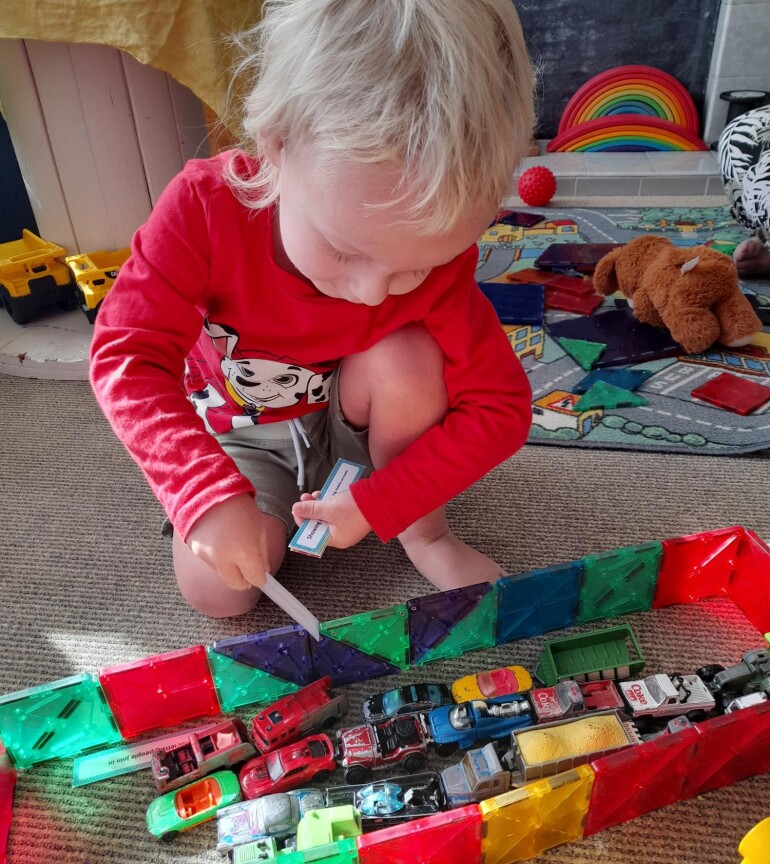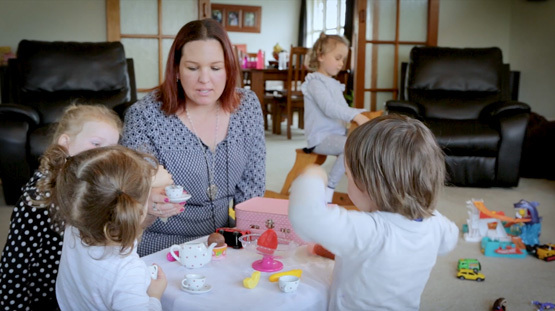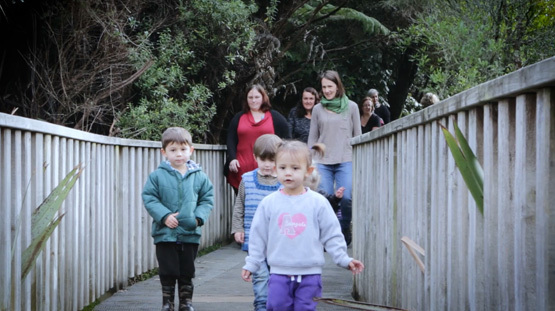News And Events

Shining a Spotlight on Learning Maths
2 May 2025What does maths learning refer to?
Maths learning involves children experiencing and exploring their worlds related to spatial thinking, number and quantity, and patterns. These worlds may be cultural and social, every day and within the wider environment. They involve interactions with people as well as physical objects and playful ideas.
Children are creative and curious in their maths explorations, and develop learning dispositions such as experimenting, collaborative effort and persistence. In their maths learning children incorporate mathematical ways of thinking. For example, when they make models such as constructions for indoor or outdoor play, children are creating new structures in space that can lead to more thinking about movement of themselves or objects in space. When children create patterns such as braiding, or arrangements of objects, they are exploring how shapes fit together and can be repeated or extended.
The four areas of maths are:
- Space & measurement
- Number & measurement
- Pattern & relationships
- Create & communicate maths
Space & Measurement Te Mokowā me te Whakaine
Through a range of experiences children learn concepts and language related to shape, size, location, distance, and spatial visualisation. Includes concepts and language about shape, size, location, distance, and spatial visualisation. Children learn about space through movement, imagination, and a range of experiences of different spaces from their perspective.
Number & Measurement Te Tau me te Whakaine
At an exploratory level children begin using the number system to help arrange, count objects and compare quantities for a purpose. Involves using the number system for purposeful activity with objects and quantities. The regularity and structure of the number system helps us arrange and count objects and compare quantities at a rich exploratory level in the early years.
Pattern & Relationships Te tauira me te pānga
In art, construction, routines, and playful experiences children notice, create and use the regular structure of pattern to foster prediction. Involves noticing, creating, and using patterns for purposeful experiences. Maths patterns are based on a regular structure that fosters prediction, and patterns are evident in art, design, construction, daily routines, and playful experiences.
Create & Communicate Maths Tūhuratia te Pāngarau
As children construct, model, draw, or create symbols they are involved in processes that represent maths thinking. Refers to processes that represents mathematical thinking. This includes creating constructions or models, drawing or creating symbols. All of these are different ways of communicating mathematical thinking.
Kia tuwhera tātou te kuaha o te ao pāngarau
Together we open the door to the world of maths
Coming up on our next blog . . . read about how to support children of all ages to engage with, and become curious about, maths!
information from - https://kowhiti-whakapae.education.govt.nz/maths


